A plant has been found to halt the deadly Ebola virus in its
tracks in laboratory tests, scientists have said. They used a compound
from Garcinia kola (Bitter Kola), a plant commonly eaten in West Africa.
Compounds from the plant have also proved effective
against some strains of flu.
If the anti-Ebola compound proves successful in animal and human
trials, it will be the first medicine to successfully treat the virus
that causes Ebola haemorrhagic fever - an often-fatal condition.
The discovery was announced at the 16th International Botanical Congress in St Louis in the US.
Traditional origins
Dr Maurice Iwu, who set up and heads the Bioresources Development and Conservation Programme, led the research.
It started 10 years ago when researchers were led to the plant by
traditional native healers who have used the plant for the treatment of
infectious diseases for centuries.
"This is a very exciting discovery," said Dr Iwu, who himself comes originally from a family of traditional healers.
"The same forest that yields the dreaded Ebola virus could be a source of the cure."
The Nigerian researchers claim they are a step closer to a
universally accepted cure for Ebola virus, Dengue fever and
leishmaniasis. They claim the herbal preparation has also been
successfully used, in clinical studies, to treat hepatitis B and C,
cancer, diabetes and tuberculosis.
The researchers from Halamin Herbal centre, 10 George Innih Crescent,
Apo District, Abuja and Department of Histopathology and Cytology, Jos
University Teaching Hospital (JUTH) Jos, Plateau State, found that the
poly herbal preparations- DAABS2 and HEPATOSAAB- strengthen the immune
system through many cytokines and chemokines regulations.
Amodu is also a member of the committee inaugurated by the Director
General of the National Agency for Food Drug Administration and Control
(NAFDAC), Dr. Paul Orhii, to champion the development of herbal medicine
through scientific validation of all the cure claims.
The yet to be published new study is titled “Natural and Sustainable
Alternative for the Management of Dengue Fever in West Africa.”
Also results of another study presented, in 1999, at the 16th
International Botanic Congress in St Louis, Missouri, United States,
indicate that bitter cola (Garcinia kola), a plant widely used in
traditional African medicine may contain a compound that is effective
against Ebola virus disease.
Executive director of the Bio-resources Development and Conservation
Programme, Prof. Maurice Iwu, explained that an extract derived from the
seeds of Garcinia kola could inhibit this virus in cell culture at
non-toxic concentrations.
Iwu and his colleagues identified Garcinia kola as a possible source
of drugs using the method called Corbel (clinical observation-based
ethnomedical lead).
Extracts from Garcinia kola seeds were tested against many complex
viral diseases. The active compound, now known to be a biflavonoid, was
found to be active against a wide range of viruses including the
influenza virus.
Iwu reveals last week: “The active substance is an extract from
Garcinia kola (bitter kola) called Kolaviron, which contains
bioflavonoids and prenylated xanthones and benzophenones.
“Work
was done while a scientist at the Division of Experimental Therapeutics
of Walter Reed Army Institute of Research Washington DC in collaboration
with Southern Research Institute (SRI).
“But no follow up. Others at Ibadan and other Nigerian universities have done follow-up work on Kolaviron.”
Fighting chance
The virus multiplies rapidly in the human body and quickly overwhelms
it, and in advanced cases the patient develops high fever and severe
bleeding.
The Garcinia kola compound has been shown to halt multiplication of
the virus in the laboratory. If repeated in humans, this would give the
body a chance to fight off the virus.
The active compound is what is known as a dimeric flavonoid, which is two flavonoid molecules fused together.
Flavonoids are non-toxic and can be found in orange and lemon rinds as well as the colourings of other plants.
Drug hopes
The tests are in the early stages still, but the researchers hope
that if they continue to prove successful the compound the US Food and
Drug Administration will put it on a fast track - making a drug
available to humans within a matter of years.
"The discovery of these important properties in a simple compound - flavonoids - was very surprising," said Dr Iwu.
"The structure of this compound lends itself to modification, so it provides a template for future work.
"Even if this particular drug does not succeed through the whole drug
approval process, we can use it to construct a new drug for this deadly
disease."
The Ebola virus was first documented in 1976 after an outbreak in
Zaire, now the Democratic Republic of the Congo - where 88% of the 318
human cases died.
More recently, a 1995 outbreak in the same country had a death rate of 81% of the 315 infected.
There are four types of the virus - Ebola-Zaire, Ebola-Sudan and
Ebola-Ivory Coast all affect humans, while Ebola-Reston has so far only
affected monkeys and chimpanzees.
However, doctors have been unable to stop the virus once infection
has taken hold - hence the disease has gained a terrifying reputatio






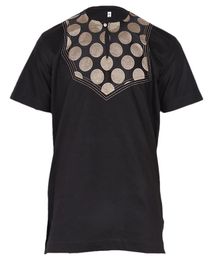


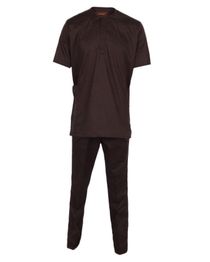

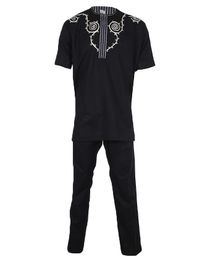



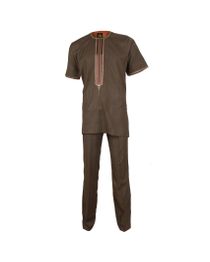


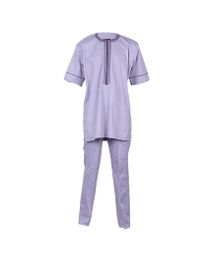

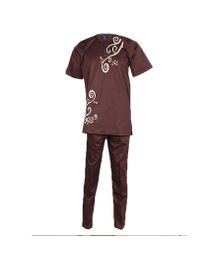









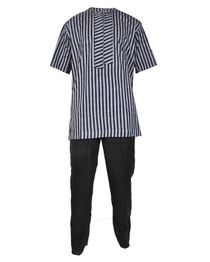








 The best way to kill grass and weeds in your yard depends on what you
intend to do with the space after killing the vegetation. Some
all-purpose herbicides can stay in the soil and leach into other areas
of your yard where you don't want to kill the plants, making the soil
unable to sustain plant life for months or longer. Instead of using
chemicals, stick with a natural plant-killing cocktail to eliminate
weeds and grass.
The best way to kill grass and weeds in your yard depends on what you
intend to do with the space after killing the vegetation. Some
all-purpose herbicides can stay in the soil and leach into other areas
of your yard where you don't want to kill the plants, making the soil
unable to sustain plant life for months or longer. Instead of using
chemicals, stick with a natural plant-killing cocktail to eliminate
weeds and grass.

